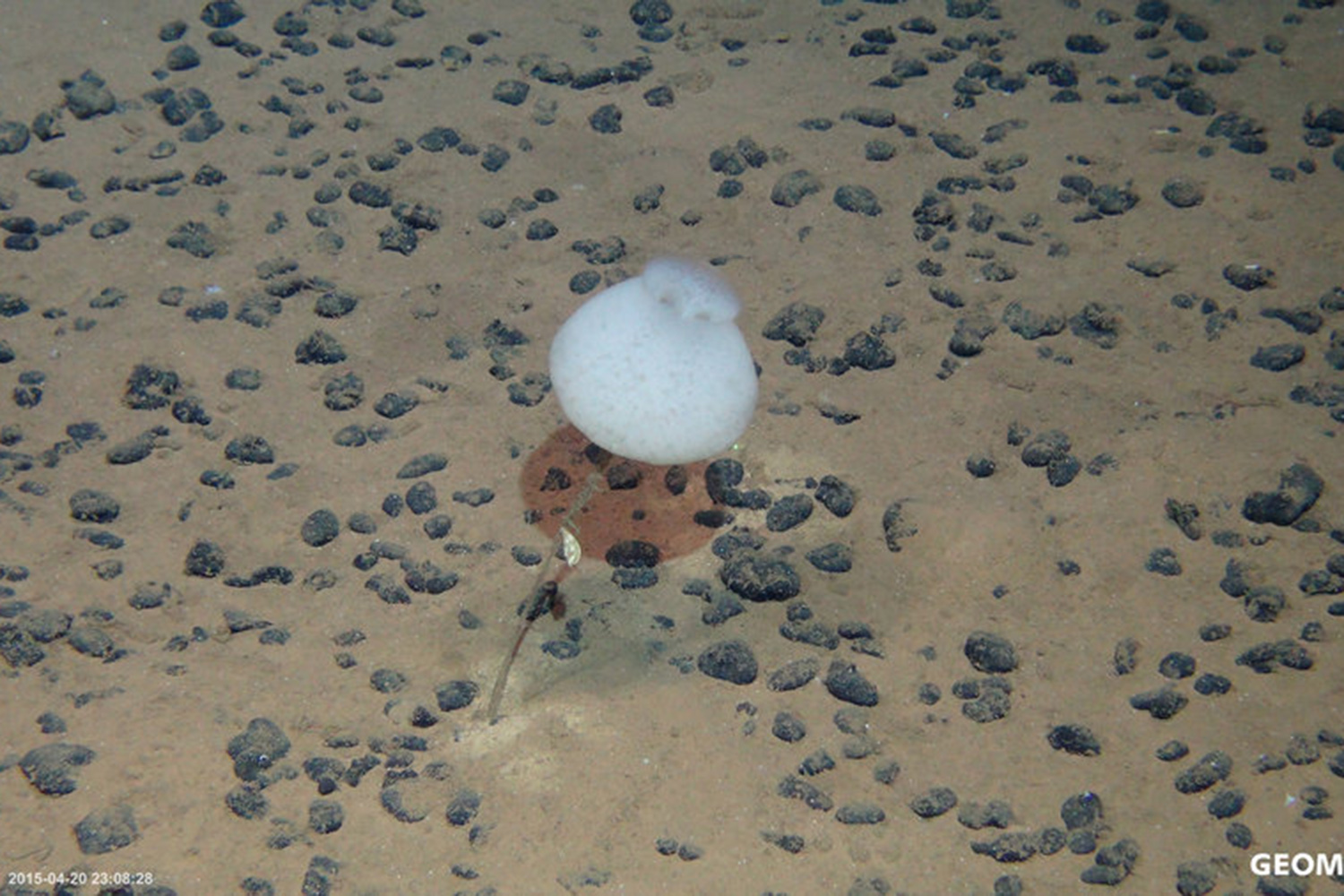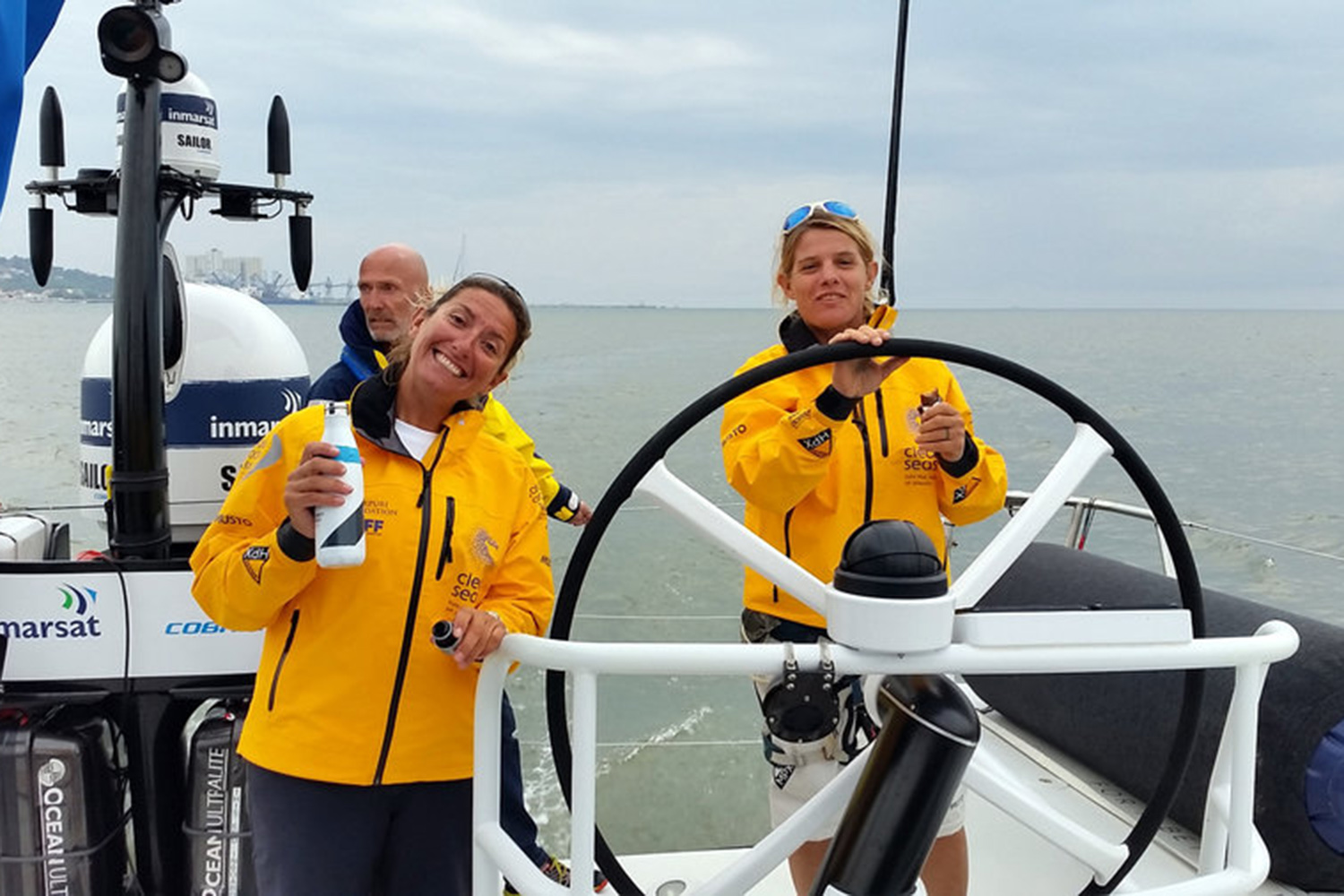Manganese nodules, cobalt crusts or massive sulphides: the deep sea contains different raw materials that are largely undiscovered and untouched. What is the resource potential of these materials? Will they be used in the near future? What environmental risks would arise from deep sea mining? These and other questions were discussed recently by a high-level panel of experts at the National Academy of Sciences (NAS) in Washington.
Under the title "Deep Seabed Mining: Prospects and Perspectives on an Emerging Industry" the panelists, included the Secretary-General of the International Seabed Authority (ISA), Michael Lodge, Mark Hannington, Head of Mineral Resources at GEOMAR, Jennifer Warren of Lockheed-Martin and UK Seabed Resources, Cindy Van Dover from Duke University, and Conn Nugent of the Pew Charitable Trust.
Reporting from the meeting in a recent issue of EOS, ISA Secretary General Michael Lodge noted that "we are now at a decisive point in the long history of attempts to mine the deep seabed". In recent years, ISA has issued a number of exploration licenses to various countries and consortia. The question now is whether and under what conditions resources from the deep sea will be exploited in the future. The participants pointed out that a continuing lack of knowledge about resource potential, environmental goals, and management plans are likely impediments to rapid development of a deep-sea mining industry. However, once new regulations are approved by the ISA, the Secretary General noted that mining could start at relatively small scales by operators who are willing to take the risk and invest the capital.
"The joint meeting of several boards of the NAS to consider these developments signals a milestone in the discussion about deep-sea mining", said Prof. Dr. Mark Hannington from GEOMAR, member of the expert group. "The academy actively supports policymaking and now raises the debate on marine mining to a new level", Hannington continued. Established by an Act of Congress, signed by President Abraham Lincoln in 1863, the NAS is charged with providing independent, objective advice to the nation on matters related to science, technology, and policy. Among its membership are 200 Nobel Prize winners, and the Proceedings of the National Academy of Sciences (PNAS), founded in 1914, is one of the top international journals publishing the results of original research.
Links:
eos.org/articles/deep-seabed-mining-may-come-soon-says-head-of-governing-group EOS Bericht über das Expertentreffen
isa.org.jm International Seabed Authority
www.geomar.de/forschen/marine-ressourcen/mmr/ Arbeitsgruppe Marine Mineralische Rohstoffe
Contact:
Dr. Andreas Villwock (Communication & Media), Phone: +49-431-600-2802, presse@geomar.de
…


